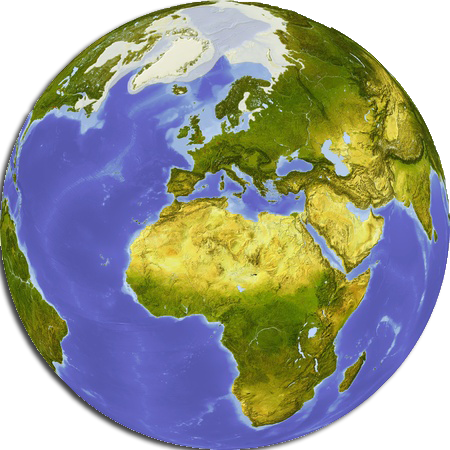Groundwater is primarily recharged by precipitation and the flow of streams and rivers. However, the factors that threaten the system are mainly water extraction and land degradation, particularly erosion.
Water extraction: Modeling results show that the aquifers of the ITTAS are exploited through wells with depths ranging from 40 to 100 meters, with some deep boreholes for exploration and production reaching up to 600 meters. Extraction rates typically range from 20 to 100 m3/hour. According to estimates, water extraction has exceeded recharge on several occasions in the past, notably in 1995. Currently, extractions are experiencing significant increases in the southern part of the Mali section, southern Niger, and the Sokoto Basin in Nigeria. The hydrodynamic model of the ITTAS has shown, through simulations, that the most critical water level declines occurred in 2004 in the eastern part of the basin, around the Nigerian locality of N’Konni, with a maximum decline of 63 meters. Model projections for 2025 indicate an additional 10-meter decline in the IC. High-risk areas are characterized by significant declines in water levels due to increasing usage.
The main pressure on water resources is caused by the agricultural sector, which uses much more water than the domestic sector. Agricultural water extractions in Iullemeden are estimated at 50 million m3/year in Niger and a similar quantity in Nigeria. The industrial and mining sectors, although having minimal impact on water availability, have a significant impact on water quality.
Hydropower dams can potentially alter the velocity and gradients of surface water flows in the future, while industrial pollution will limit the use of potable water. Water extractions for agriculture and losses due to evaporation can also jeopardize the maintenance of minimum environmental flows during low-water periods, potentially hindering navigation. Therefore, there are trade-offs between water extractions for agriculture on one hand and minimum flows for navigation and ecosystem service requirements on the other. The main risks will inevitably be present downstream.
The main impacts of water extractions, as identified by the GICRESAIT project within the ITTAS, are as follows:
- Significant decreases in hydraulic head (average of 2 meters in the TC and 10 meters in the IC), leading to an increase in the unsaturated zone thickness, contributing to reduced land productivity in certain regions and desertification in others.
- Changes in groundwater quality affecting flow rates and reducing soil moisture.
- Decreased artesian pressure in certain regions (Irhazer, south of the ITTAS). This phenomenon has been reported in artesian wells tapping into the “continental intercalation” in Mali and Niger, and/or the continental terminal in Niger.

